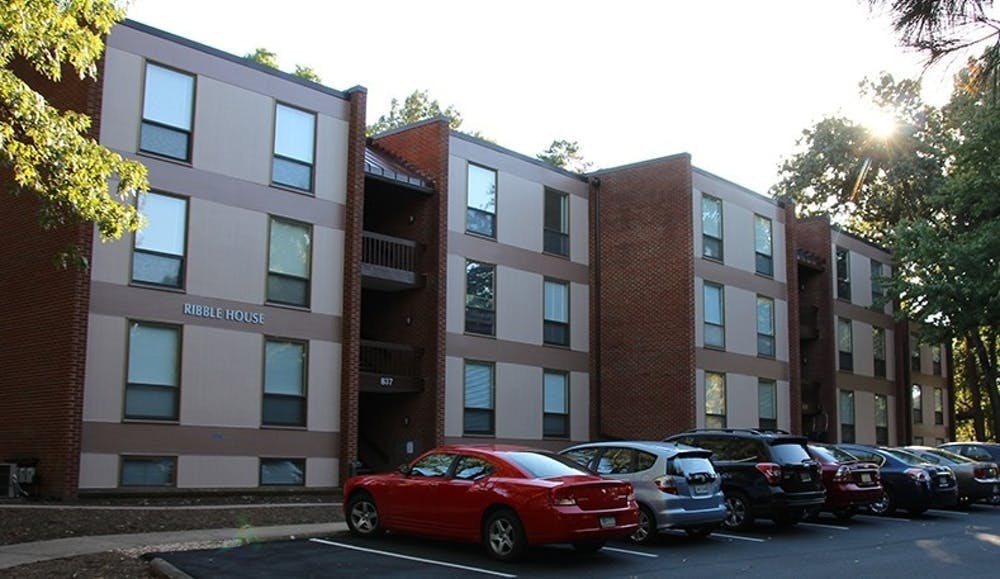President Jim Ryan’s 10-year strategic plan includes a proposal to require all first- and second-year students to live on Grounds. This initiative intends to “establish a series of residential communities … and provide ways for third- and fourth-year students to stay connected to their residential communities.” While this plan could lead to a much needed increase in on-Grounds housing, the difficulties associated with its implementation outweigh the perceived benefits.
Currently, student housing does not have the required capacity to house all first- and second-year students. As of a 2013 student housing analysis conducted by the School of Architecture, the University offers 6,300 beds. The class of 2022 consists of 3,840 students, while the class of 2023 consists of 3,927. This makes for a total demand of 7,135 beds if both classes were to live on Grounds. Although the 2013 analysis does not include updated housing data, it is likely these options will not be sufficient to meet demand. This is especially true considering the record-setting increases in first-year class sizes. Furthermore, if the University would continue to offer on-Grounds options to third-years, fourth-years and graduate students, it would put pressure on U.Va.’s already limited housing stock.
As shown by the construction on the Bond House apartments on Brandon Avenue, the creation of new student housing complexes will be accompanied by unforeseen difficulties that adversely impact student life. Not only was construction on the Bond House apartments delayed several times and was unfinished during move-in, but residents of Bond House continue to face facility issues, mice infestations and ongoing construction.
Beyond these issues, the construction of more student housing may further complicate the University’s relationship with the city of Charlottesville. The property tax arrangement between the University and the city remains “unclear” and “unexamined” by local officials. Though the University is a tax-exempt entity, it has paid some voluntary property taxes to the city in the past. However, an increase in the property the University owns could have an impact Charlottesville’s existing tax revenue.
Much of the force behind increasing on-Grounds housing has emerged from the demand to alleviate the housing crisis for low-income residents in the city. As more desirable student housing options become available, student demand for off-Grounds housing would decrease and the market could shift to accommodate low- and middle-income residents. Nevertheless, such an expansion in student housing would require the Administration to purchase a substantial amount of land to construct more complexes, potentially taking land away from low-income housing projects from groups such as the Thomas Jefferson Area Coalition for the Homeless, which is working with city officials to create 3,300 affordable housing units.
Housing affordability is a huge issue for University students as well, with off-Grounds housing providing students with options that are often less costly than on-Grounds apartments. Current on-Grounds housing ranges from $6,480 to $7,850 per academic year. A single bedroom in the two-bedroom apartment in the student complex Copeley breaks down to about $872 per month and is a 30 minute walk from Central Grounds. Alternatively, the Ash Tree Apartments, for example, break down to about $692 per month and is a 20 minute walk from Central Grounds.
Though on-Grounds housing comes with electricity and furniture included, some off-Grounds housing can still be cheaper even after utility and furniture costs are factored in. If the University requires all first- and second-year students to live on-Grounds, they would be prohibiting students from choosing the most affordable housing option for their needs. Moreover, less competition between on- and off-Grounds housing options for second-years could prompt the University to increase prices for student housing.
Requiring second-years to live on Grounds presents a myriad of problems for the University and Charlottesville as a whole. It would be a far better for the city to loosen zoning restrictions and allow the construction of more affordable housing to meet the needs of both students and residents. Without considering these effects or potential alternatives, the University runs the risks of making housing more expensive for students, with little impact on the overall quality of student life.
The Cavalier Daily Editorial Board is composed of the Executive Editor, the Editor-in-Chief, the two Opinion Editors and their Senior Associate. The board can be reached at eb@cavalierdaily.com.







